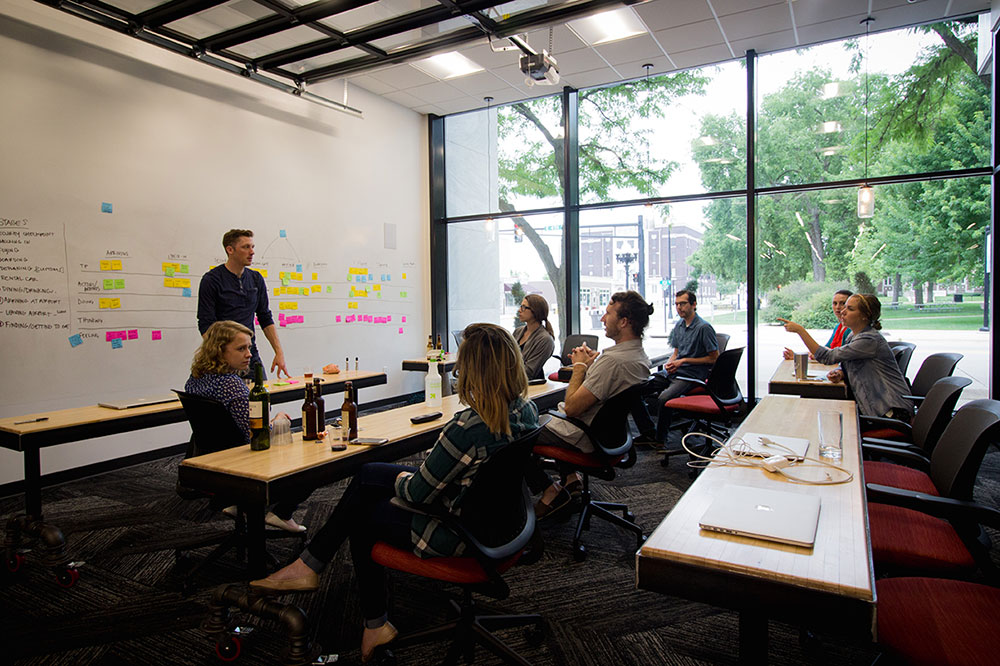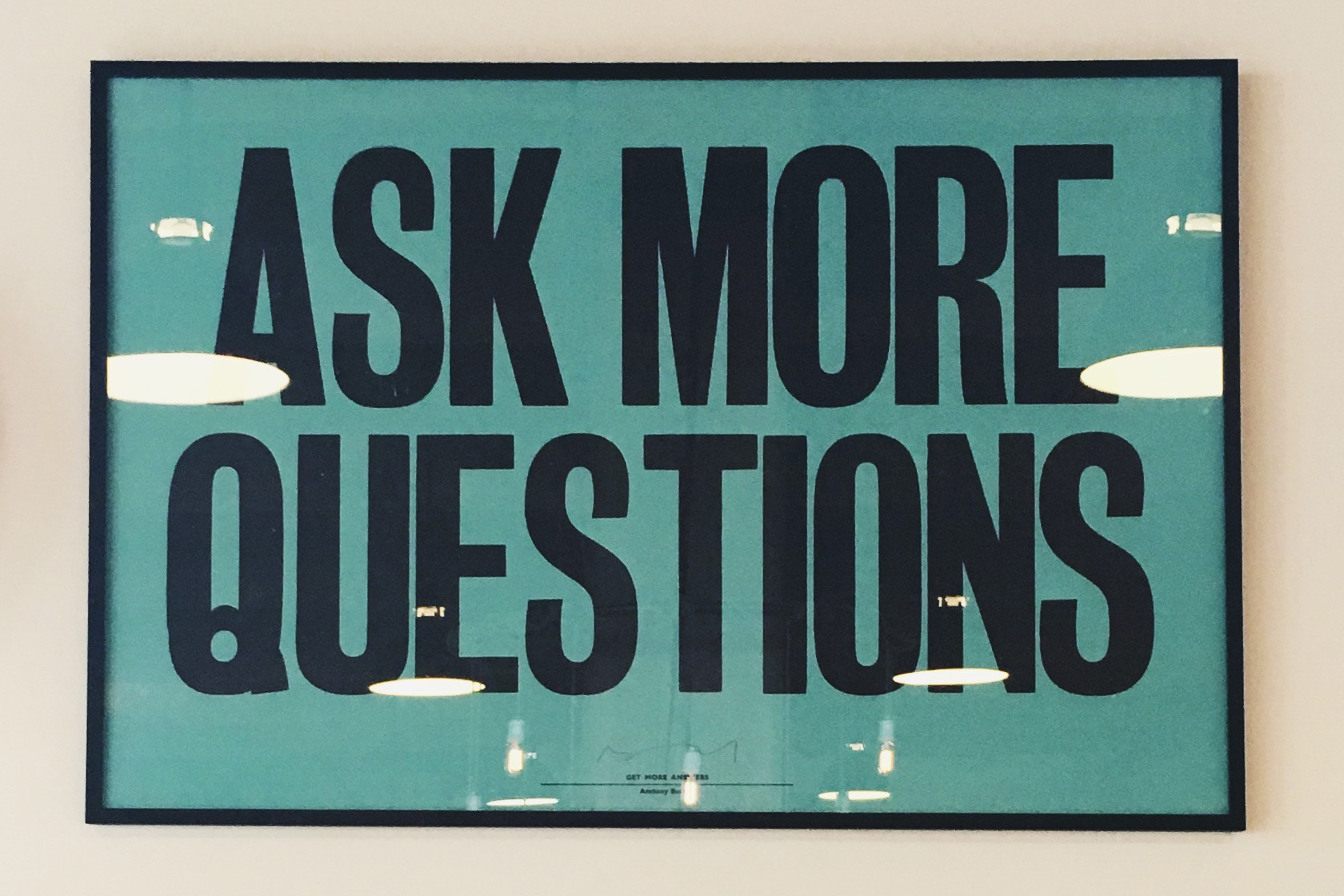User Research Tips: 2 Ways To Maximize User Research and User Testing Budgets
4 min read
2 Ways To Maximize User Research and User Testing Budgets
Everyone knows that customer happiness is vital to the success of a product or service. Companies invest big money in user research, and they even get their target users to reveal exactly what would make them happy in a particular product niche. Eureka! Yes?
Then why is it that even well-established businesses, full of really smart people who do their research, are still failing at getting their market to buy the very thing it said it wanted? Wouldn’t you think that, when you apply those research discoveries to your product, the result would be an enthusiastic following of happy customers?
You would think. Until you’re reminded of reality: people don’t know what they want.
Here are two important tips for getting the most out of user research and user testing:
1. Stop asking users what they want
It’s rare to find a user who can articulate what they want, and further, how that desire could be implemented in a way that would make them eager to purchase and stay loyal to a product. Conversely, anyone can make up an opinion about anything when asked— but left to their own devices, they may never have given the matter the time of day (known as the query affect).
Some research participants flat out don’t know what they want. But they want to be helpful or believe that they should know what they want, so they do their best to give an answer. At this point, they’re trying to make correlations from past experiences (and therefore relying on fallible memory) to apply to the context scenario.
Forgive my compulsion to interject this well-known “quote”:
“If I had asked people what they wanted, they would have said faster horses.”
Other people are confident in their ability to tell you how they would behave in hypothetical scenarios when introduced to a new (or new-to-them) system. In fact, they can get really passionate when they begin to imagine their ideal solution for any given problem. But imagination is usually far from reality. As humans, we often fail to consider external factors that play into a real-world experience. We don’t foresee in-the-moment stresses like time crunches or pressure for accuracy. We don’t think about less-than-ideal environmental variables we’ll encounter, like bad lighting or loud road construction happening just outside the office. Our imagination is not an accurate portrayal of reality.
2. Observe (or do) what they do
There is so much more to be learned about any given process than what can be communicated in words. By getting in the user’s environment and watching them perform a task, you see everything they do, how they do it, and you have opportunity to ask why they’re doing it that way.
There is more to be learned about a user’s intentions than what can be communicated in words.
When someone does something over and over again, the routine makes them blind to small, yet crucial, steps in their process. It’s important to be there to catch those details so you can ask questions around them. How do you know to do that? Where did you get that information? Is there a reason you’re doing that now rather than later? What are you thinking right now? These are all valuable insights that can be used to give the customer what he doesn’t know he wants, and they’re likely to be missed if the research focus is only on what the user says.
Give the user what he doesn’t know he wants.
If possible, take research one step further and literally walk in users’ shoes. If it’s job-specific, get your researchers to shadow a domain expert to get some first-hand experience with a product or service. When Visual Logic redesigned the interface for Niitek’s land mine detection system, the research team took an opportunity to ride along with soldiers and see the technology in use.
“Hanging off the back of the armored vehicle and user testing our UX with soldiers was an incredible experience. Knowing that the experience we created would have a direct impact on saving lives was a serious responsibility.”
That level of qualitative research produced a detailed mental model of a soldier analyzing radar images, and it gave the team an incredible amount of empathy for the weight of responsibility the user bears—both of which had a significant influence on the redesign.
That’s it. Stop asking customers what they want, and start observing user behavior to inform product scope. As Steve Jobs once said, “A lot of times, people don’t know what they want until you show it to them.







